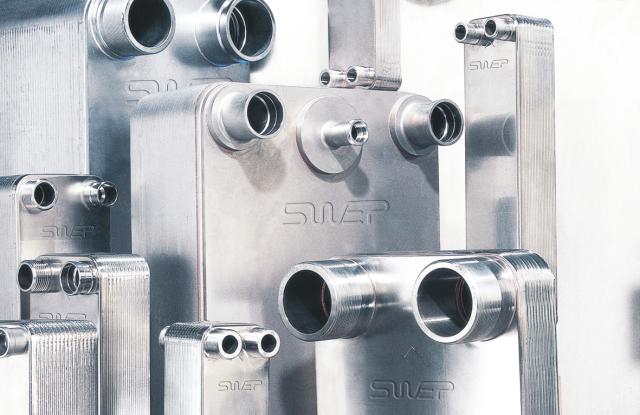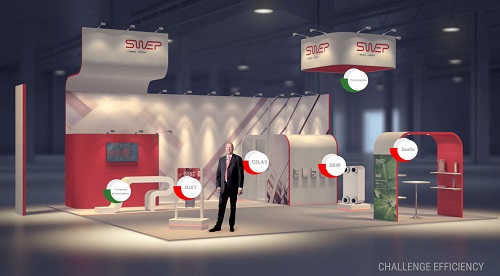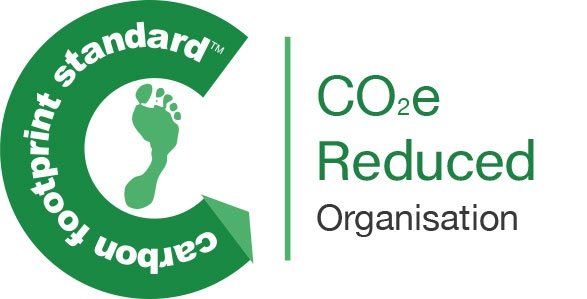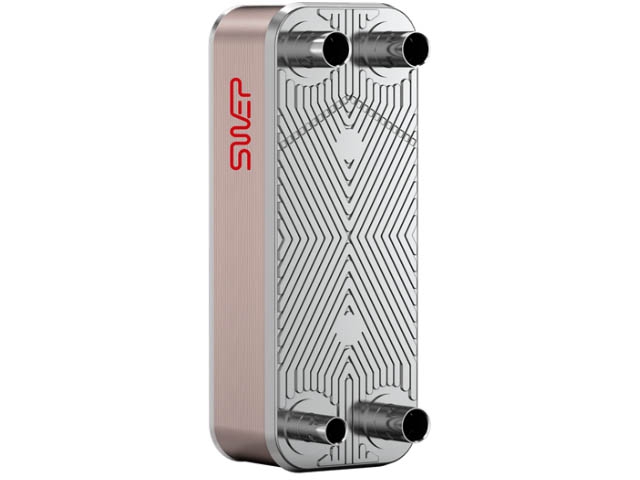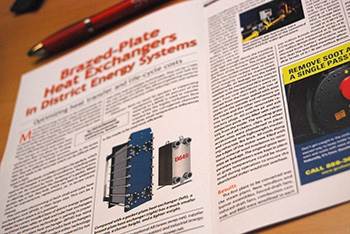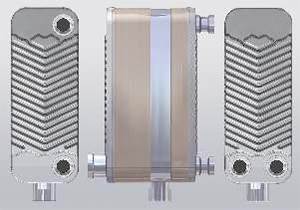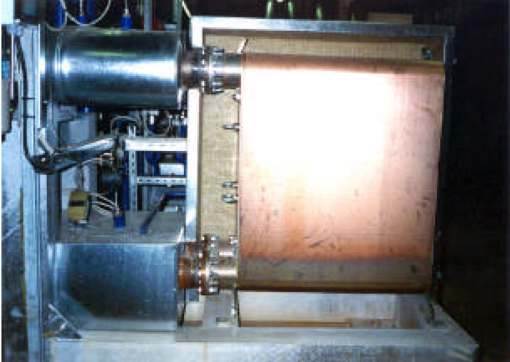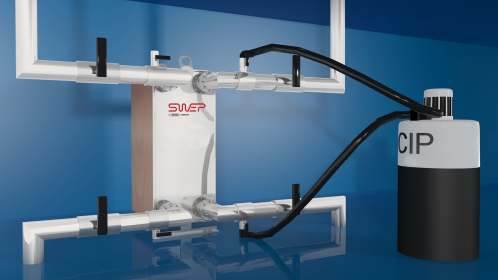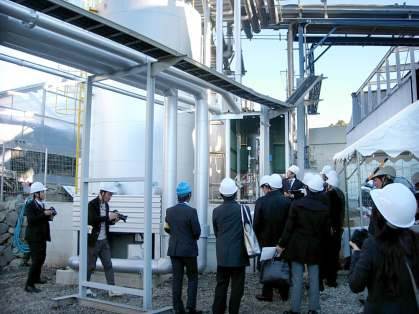- Contact 0870 350 7767
- |
- Advertise
Cooperation furthers innovative brazing solutions
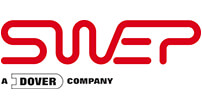 News and PR from SWEP UK Representation by Dover Intercompany Services UK Ltd - Published 11 October 2016
What happens when two companies decide to work together and share findings and innovations? SWEP and Höganäs know: New and improved products that can benefit all kinds of industries!
News and PR from SWEP UK Representation by Dover Intercompany Services UK Ltd - Published 11 October 2016
What happens when two companies decide to work together and share findings and innovations? SWEP and Höganäs know: New and improved products that can benefit all kinds of industries!SWEP has been working with Höganäs the last ten years or so, and together they have developed a number of innovative brazing solutions to meet customer needs. SWEP is a company at the forefront of brazed plate heat exchanger (BPHE) technology, offering a wide range of products that allows you to optimize the use of energy, material, and space in your heating and cooling systems. Höganäs was established in 1797 as a coal mining company, but is today a modern, forward-thinking enterprise with a focus on metal powders for a variety of industries, among them brazed plate heat exchangers and the automotive industry. Both companies are based in southwestern Sweden, but cater to a global market.
The case presented came from one of SWEP’s customers. It dealt with a new application for plate heat exchangers used in cooling units that were subjected to a very aggressive coolant. That meant that both base material and brazing alloy needed to have very high corrosion resistance to the coolant. High alloyed austenitic stainless steel was early identified as the preferred base material, meeting the required properties. The only existing braze material with good enough corrosion resistance was BrazeLet® Ni613, but what looked good on paper could not handle reality. When testing the alloy, it was recognized that its melting range was not compatible with the base material used.
The requirements were tough, but clear. High alloyed austenitic stainless steel may form intermetallic phases during cooling and to avoid this, the material needs a special heat treatment. The melting range of the Ni613 was too low. Secondly, it was desired that the brazing alloy be as close to the chemistry of the base material as possible in order to minimize element migration between the two. Thirdly, Silicon, Boron and Phosphorus should be kept low since they consume Chromium. After listing these requirements, everyone involved realized that they needed to develop a new brazing alloy.
Other announcements from SWEP UK Representation by Dover Intercompany Services UK Ltd
-
-
SWEP's continuity of supply protects your logistics and customers
Although social distancing keeps people safe, what challenges does it present to international logistics where efficiency is crucial?
04 Feb 2021
-
Take a tour of SWEPs Virtual Showroom
In this virtual stand, we have gathered some of the solutions that we offer within District Energy.
04 Feb 2021
-
Carbon footprint reduction on track
SWEP is working to reduce carbon emissions every day to move us towards a committed goal of becoming carbon neutral by latest 2030.
04 Feb 2021
-
Coping with Covid-19: SWEP employees find the positives amid the uncertainty
Due to the global pandemic, our employees had to learn to cope with the 'new' normal that it brought about, including a much more virtual working climate.
04 Feb 2021
-
The BX4T is SWEP's compact, flexible answer for the next generation of economize
The BX4T model is the latest evolution of our B4 sized range for the refrigeration market, boasting an even more compact design than existing economizers targeting VRF, Heat Pumps & Condensing Units.
04 Feb 2021
-
The NEW B4T ultra pressure model targeting C02 refrigerant applications
SWEP's new B4T-U (Ultra Pressure) model has been developed for applications in refrigeration targeting CO2 as the preferred natural refrigerant choice...
04 Feb 2021
-
Take advantage of SWEP's individual packaging option
SWEP provides customers with the option to have BPHEs (brazed plate heat exchangers), insulation, and any other accessories individually packed at their request.
11 Oct 2016
-
Brazed plate heat exchangers featured in HPAC Engineering
SWEP recently had a technical article published in a well-respected magazine whose readership includes many members within the District Energy industry.
11 Oct 2016
-
SWEP introduces first AHRI Certified® Brazed Plate Heat Exchangers
SWEP is the first company to provide Brazed Plate Heat Exchangers certified by the Air-Conditioning, Heating, and Refrigeration Institute (AHRI).
04 May 2016
-
-
SWEP attends ATMOSphere Asia in Tokyo
SWEP will attend this year’s edition of ATMOSphere ASIA, an event covering all our product segments with the focus on HVAC+R.
04 May 2016
-
Aircel air dryers show their full potential with ADWIS
With 100,000 units sold at the beginning of 2015, SWEP's range ADWIS (Air Dryer With Integrated Separator) is now quickly becoming the market standard within several industrial applications.
07 Dec 2015
-
BPHEs in district heating systems
The city of Hoyerswerda, in eastern Germany, decided to modernize the city's district heating system.
07 Dec 2015
-
BPHEs in wind power stations
Wind power is one of the most cost-effective and rapidly growing renewable energy technologies available.
07 Dec 2015
-
Turkey promotes a more sustainable society
Turkey is currently experiencing an increase in population combined with an urbanization rate that has risen rapidly, from 53% in 1990 to 75% in 2008.
20 Oct 2015
-
Clean or untreated water? A BPHE works with both
Industries around the world have to face the challenge of water contamination due to insufficient filtration.
20 Oct 2015
-
Clean power when ORC system recovers waste heat
An affordable and sustainable supply of energy is the key to modern society as well as global economy.
20 Oct 2015
-
SWEP - High efficiency and complete range of BPHEs for Chillers
At the AHR exhibition, SWEP launches a new and complete high efficiency product range for chiller applications.
03 Feb 2015





